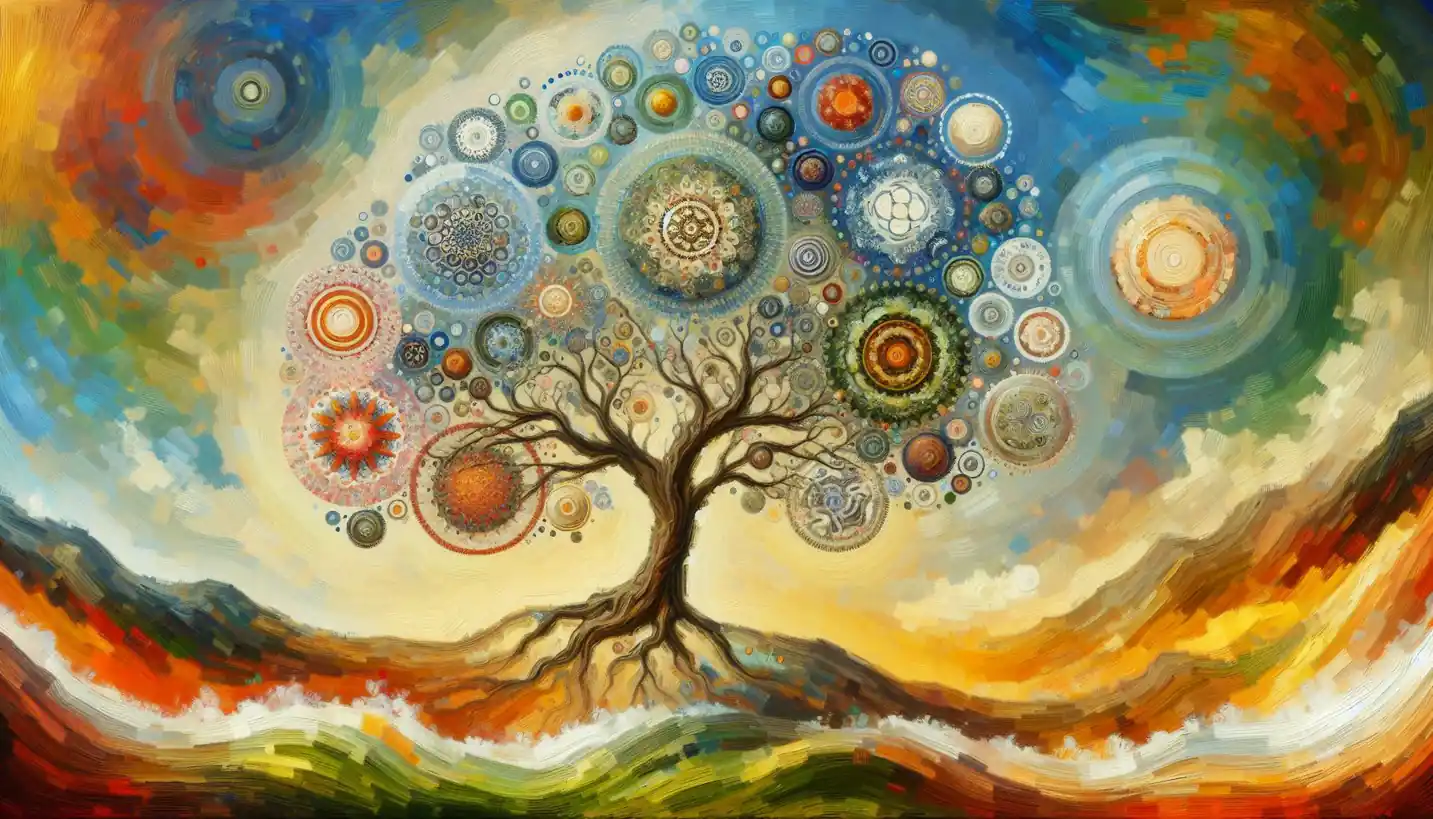· Biology · 5 min read
Endemic Species: A Unique Treasure in Conservation Biology
Endemic species are unique treasures that are found nowhere else on Earth. Discover why protecting these special species is so vital for biodiversity.

You might have stumbled upon the word “endemic” while exploring the rich tapestry of life on our planet. But what does it really mean when we say a species is endemic? Let’s dive into this fascinating concept in conservation biology and uncover why these species are so crucial to our understanding of biodiversity.
What Does “Endemic” Mean?
In simple terms, an endemic species is one that lives in a specific place and nowhere else on Earth. Think of it like a plant or animal forming its own club, with the membership strictly limited to a particular region. These regions can vary; some species might be endemic to a whole continent, while others may confine themselves to a particular island or even a single mountaintop.
The concept of endemism paints a vivid picture of nature’s ability to adapt and evolve in the most unique ways. It’s akin to the idea of a neighborhood that has developed its own distinct culture and charm over time, shaped by various factors like climate, geography, and isolation.
How Do Species Become Endemic?
Endemic species are nature’s living chapters of Earth’s history. Their stories often begin with geographical isolation. Take islands, for instance. When a species finds itself confined to an island, it might evolve independently from its mainland relatives due to lack of gene flow. Over time, this can result in distinct characteristics, making the species uniquely different.
Volcanic activity, changing sea levels, and climatic shifts are some of the many factors that can isolate populations. Once separated, these groups are like actors on the world’s stage, crafting their own unique stories. Darwin’s finches in the Galápagos Islands provide a famous example of this phenomenon, adapting in various ways to fill different ecological niches.
Why Are Endemic Species Important?
Endemic species are a vital piece of the biodiversity puzzle. They often occupy a crucial role in their native ecosystems, contributing to the delicate balance of life. Consider them the VIPs at nature’s ongoing party, where every guest plays an essential part.
These species also become important indicators of an ecosystem’s health. Because of their limited distribution, they tend to be highly sensitive to environmental changes. If something disrupts the environment, endemic species may be the first to show signs of distress, serving as a warning signal for conservationists.
Moreover, endemic species contribute to the world’s genetic bank. Each one brings unique genes that hold the potential for scientific and medical breakthroughs. The rosy periwinkle, an endemic plant of Madagascar, has provided compounds essential in treating cancer, highlighting the direct benefits these species can offer humanity.
The Threats They Face
Unfortunately, the same factors that make endemic species unique also make them vulnerable. Their limited range means they can be more easily wiped out by threats such as habitat destruction, climate change, invasive species, and human activities.
Imagine living on a small island and suddenly facing a flood. Unlike other animals with larger ranges, you have nowhere else to go. This metaphor highlights why conservationists pay special attention to endemic species. They’re like candles in the wind of environmental change—flickering precariously, yet capable of shining brightly if protected.
Invasive species are another big threat. Animals or plants introduced by humans can outcompete or prey on native endemic species, often leading to the latter’s decline or extinction. It’s like an uninvited guest crashing the party and taking over.
Conservation Strategies
The conservation of endemic species involves various strategies aimed at protecting their natural habitat and mitigating the threats they face. Protected areas such as national parks and wildlife sanctuaries are established to shield these precious beings from human encroachment and exploitation.
Sometimes, efforts expand to include local communities, educating and involving them in conservation. When people understand the value of the species living right in their backyard, they’re more likely to become active participants in protecting them.
Organizations also engage in breeding programs and genetic studies to preserve and bolster dwindling populations. These initiatives act like safety nets, preventing species from slipping into the abyss of extinction.
A Glimpse Into Future Research
The study of endemic species is an evolving field, offering exciting pathways for future research. Scientists are keen to understand how environmental changes affect these niche organisms and what adaptations they might undergo in response.
There’s also growing interest in the potential medicinal properties locked within the genes of these unique species. Could the next big breakthrough in medicine come from an unassuming plant found only on a remote hillside? The possibilities are endless.
In conclusion, endemic species may be nature’s best-kept secrets, hidden in the far corners of our world. They represent not just the beauty and wonder of life but also the challenges and responsibilities we face in conserving it. By protecting these species, we safeguard the delicate web of life on our planet and ensure that the unique stories of our natural world continue to unfold. So next time you hear about a species that exists only in a tiny pocket of our globe, remember the extraordinary journey that brought it to be and the important role it plays in the symphony of life.



